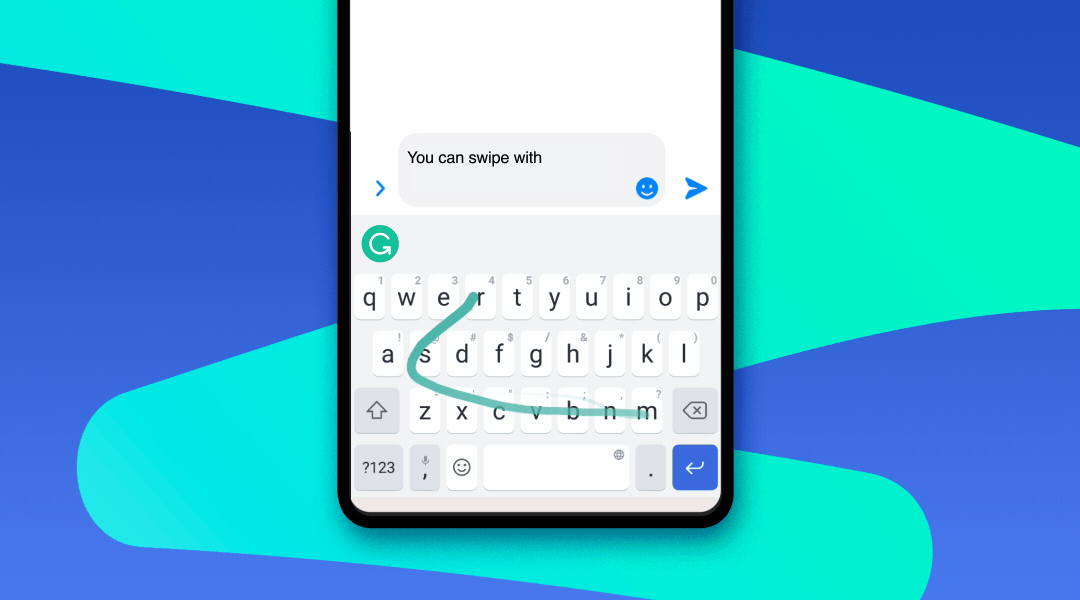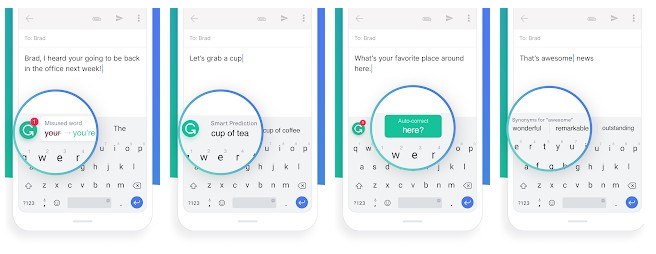


Where appropriate, we also wanted Grammarly’s keyboard to suggest good synonyms for the current word. To this end, we wanted to provide deeper writing suggestions by surfacing the same kinds of alerts users receive from Grammarly’s browser extension. But our broader goal was to go beyond the basic features described above to help the user write better. Like most Android keyboards, Grammarly runs its own autocorrect and next-word prediction models we also wrote our own gesture-recognition algorithm to give users the option of swipe-to-type. Finally, to implement autocorrect, most keyboards also attempt to predict the word the user is trying to type. And to improve accuracy, keyboards use intelligent models to predict the character that is most likely to have been touched by the user. When it comes to features, most keyboards have a strip above the keys where predictive suggestions are displayed to help the user type faster. The keyboard also implements a KeyboardActionListener, whose primary job is to handle touch events like typing and gestures and then send updates to the text editor through the InputConnection interface. On Android, a keyboard is an app whose state and visibility is controlled by a service component called the InputMethodService. The Android documentation gives a good overview of implementing an IME, so we’ll just briefly mention the main points. If this sounds interesting, read on for a peek into what building a keyboard app is like.Ī keyboard on Android is called an IME, or input method editor.

All of this happens in 10s of milliseconds. Another thread fetches a list of synonyms for the current word and shows them in the “suggestion strip” above the keys. The keyboard looks for suggestions from its on-device models, and as that request is being processed, it also checks with the backend to get an in-depth analysis of the text you typed. Each keypress on the Grammarly Keyboard triggers a number of concurrent events. The UI is constrained and constantly changing. This blog post will look at Android in particular, where the Grammarly app is unique-in that unlike most Android apps, it’s not an activity or a fragment. The decision to build the Grammarly app as a native keyboard has introduced our team to some fascinating and complex problems in mobile app architecture, UX, performance, and testing. The Grammarly Keyboard on Android is used over 70 times per day by the average user, and it meaningfully impacts how people communicate using their phones. The motivation behind building a keyboard, as opposed to a traditional mobile app like a text editor, is the same principle behind Grammarly’s browser extension: the writing assistant should be available wherever the user is writing. The Grammarly app on both Android and iOS is a native keyboard.


 0 kommentar(er)
0 kommentar(er)
